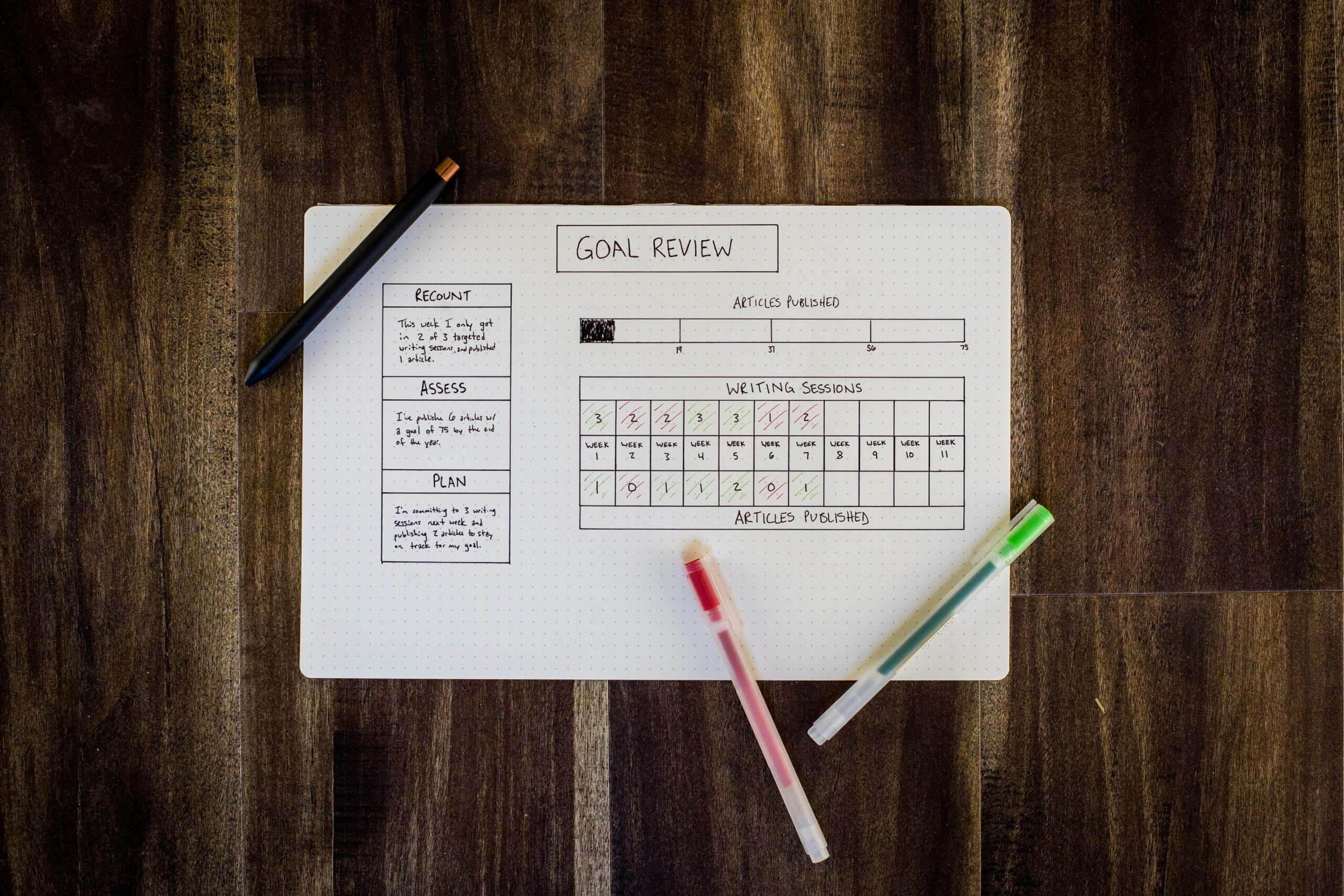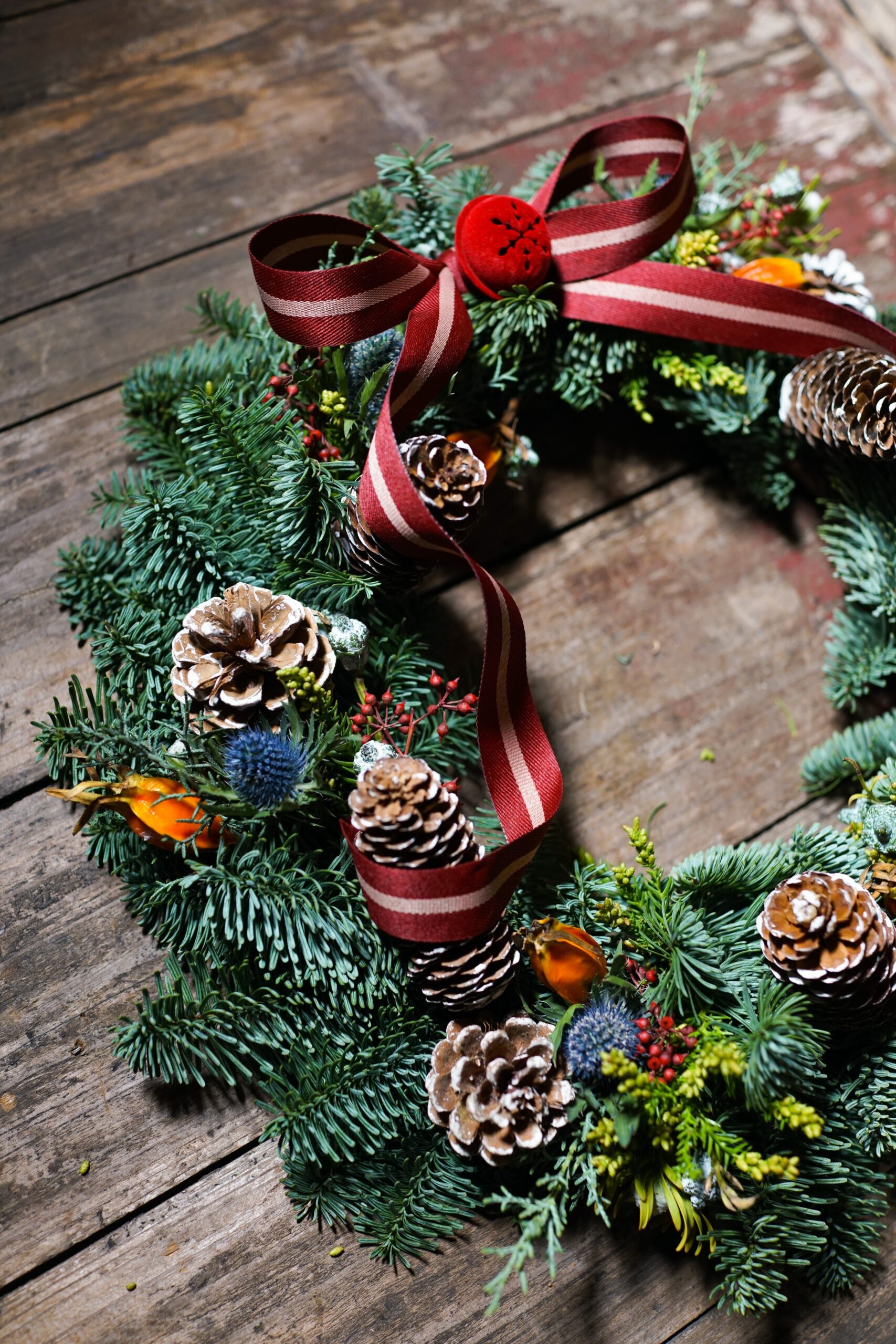In my last post about self-care, I realized I threw the word boundaries around. I wanted to touch on this more since this word is everywhere. Actually, it seems that snippets of language derived from theories and/or therapeutic techniques have made their way to social media. Without context, these terms are misunderstood, misused, and turned into pop psychology.
Let’s break this down.
In community, a boundary is a speed limit sign. This conveys that the town wants to keep people safe by monitoring the speed of cars. I never drive somewhere and think, “I can’t believe the town is making ME drive this slow.” Rather: “I’ll slow down, this neighborhood is filled with kids.”
Theoretically, boundary work appears in structural family therapy looking as a “line” that separates an individual from outside surroundings. Within a family system, a boundary set by a parent looks like: “kiddo you cannot watch that show, as your parent, I make that decision.” Another example would be shifting closeness from a child back to a partner, allowing the child to feel more autonomy.
What I’m noticing is that people feel boundaries are a statement they impose on someone else. An example can be: “I need you to give me space.” Boundaries are self imposed to effect change within yourself. Let’s reframe this as: “I need space from this person so I will not engage in daily dialogue.” Now this is the complete opposite as to my example listed previously. This is because the family boundary is being implemented in a therapeutic container which is vastly different from someone setting a boundary based on hashtag advice.
When putting boundaries in place for yourself, remember that this is a behavioral change that takes practice and commitment. Don’t assume someone will automatically respect what you’re trying to do for yourself. Do it for you and not for other people.






